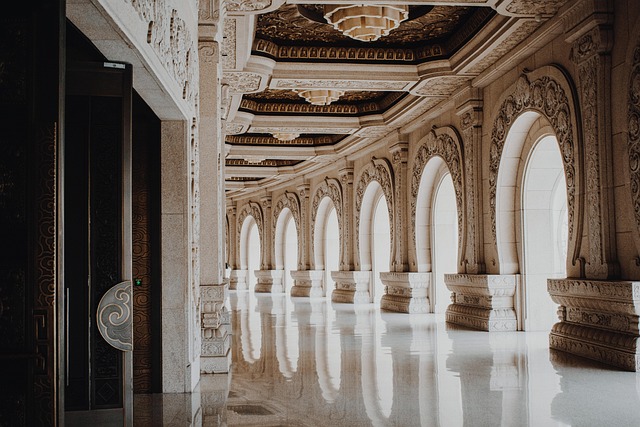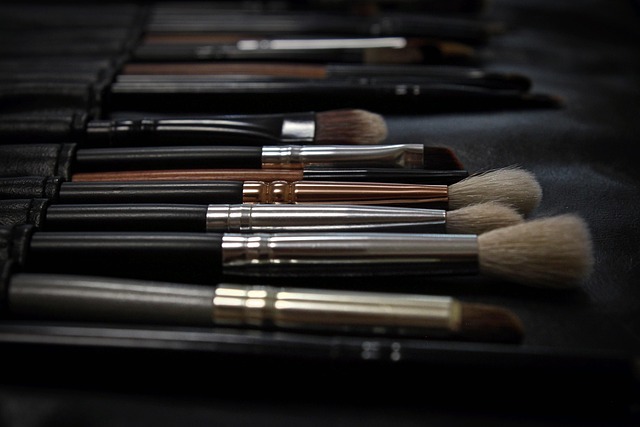Fashion has an incredible ability to tell stories without a single word being spoken. Each stitch, fabric, and silhouette transports us through time, allowing us to embrace the essence of previous eras. Fashion history is not just about the clothes we wear; it’s a reflection of cultural shifts, societal norms, and a celebration of creativity that resonates with our collective identity.
The early 20th century marked the dawn of a significant transformation in fashion. The flapper dresses of the 1920s encapsulated the spirit of rebellion and liberation, mirroring the changing roles of women in society. With their bold patterns, dropped waistlines, and relaxed silhouettes, these garments invited women to embrace freedom of movement and self-expression. It’s fascinating to consider how a piece of clothing can symbolize an entire movement.
The subsequent decades brought a kaleidoscope of styles, each with its own narrative. The 1950s introduced the iconic hourglass silhouette, where designers like Dior reshaped the landscape with classic lines that celebrated femininity. These styles were not just clothing; they were armors for women navigating a post-war world, leaving behind the utilitarian styles of the wartime years.
If we take a glance at the 1970s, the explosion of creativity and diversity truly stands out. From bell-bottom jeans to vibrant patterns, this era celebrated individuality like never before. The disco scene ignited a revolution in fashion, where lavish fabrics and flamboyant designs fostered an environment in which self-expression was not just encouraged but celebrated. Today, when we put on a pair of high-waisted jeans or don a vintage band tee, we tap into that spirit of freedom and fun.
Moving forward to the late 20th century, we see the rise of minimalism in the 1990s, where grunge aesthetics melded with the chic, streamlined structures of designers like Calvin Klein. This shift spoke volumes about a generation seeking authenticity over extravagance. Style became less about flamboyance and more about an effortless cool, echoing a broader cultural desire for simplicity amidst the chaos of modern life.
In our current era, fashion continues to evolve, embracing sustainability and inclusivity. The fashion history we engage with today is deeply intertwined with social movements that prioritize ethical choices and body positivity. Designers are championing diverse voices and breaking down long-standing barriers, proving that fashion is not merely a cycle of trends but a powerful tool for change. The styles we choose today reflect our values and beliefs, showing how fashion can intertwine with history, culture, and personal expression.
As we by happenstance scroll through our favorite fashion platforms or revisit vintage stores, it’s essential to remember that we are not just consuming fashion—we are participating in a historical dialogue. Each choice is an opportunity to honor the past while paving the way for tomorrow’s trends fusing generations of creativity, identity, and culture. Fashion history is alive within us, and what we wear is an ode to the stories that shaped the fabric of our society.




